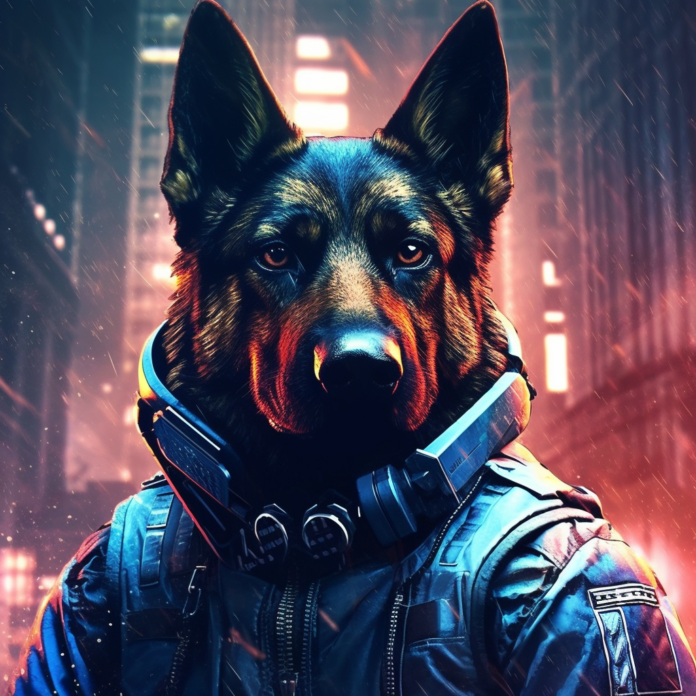The German Intelligence Agency, Bundesnachrichtendienst (BND), has taken an inventive approach to recruitment by entering the world of NFTs. They have introduced the “Dogs of BND” NFT collection, consisting of 999 dog-themed profile pictures with cybersecurity-themed accessories. However, these NFTs cannot be purchased; they must be earned through a cyber quest that tests participants’ skills and acuity, reflecting the realities of modern cybersecurity work.

To complete the quest, participants need to locate a hidden string of characters, such as a wallet address, transaction hash, block, or token number. Once the correct data is found, they gain access to the collection. While the cost to mint an NFT from the collection is nominal, the tokens hold more value in the secondary marketplace. The collection contains 999 NFTs, but only 987 are available through the treasure hunt, creating a sense of urgency among participants.
The BND’s goal with this creative initiative is to attract young, blockchain-literate talent to combat cybercrime. The agency recognizes the power of social media, particularly Instagram, in reaching its target audience. By leveraging NFTs and gamification, they aim to engage individuals who are not only tech-savvy but also interested in NFTs.
This move by the BND exemplifies how established institutions are incorporating Web3 technologies into their operations, even in recruitment strategies. It demonstrates that the future of NFTs extends beyond art and gaming, encompassing various sectors.
Similarly, Interpol, the International Criminal Police Organization, is also venturing into innovative spaces like the metaverse to address cybercrime. They are adapting to the increasing adoption of blockchain technologies, NFTs, and virtual realities. The cyber-focused activities of BND, such as the NFT-based treasure hunt, align with Interpol’s efforts, indicating a broader trend among security agencies to leverage Web3 technologies in their operations.




